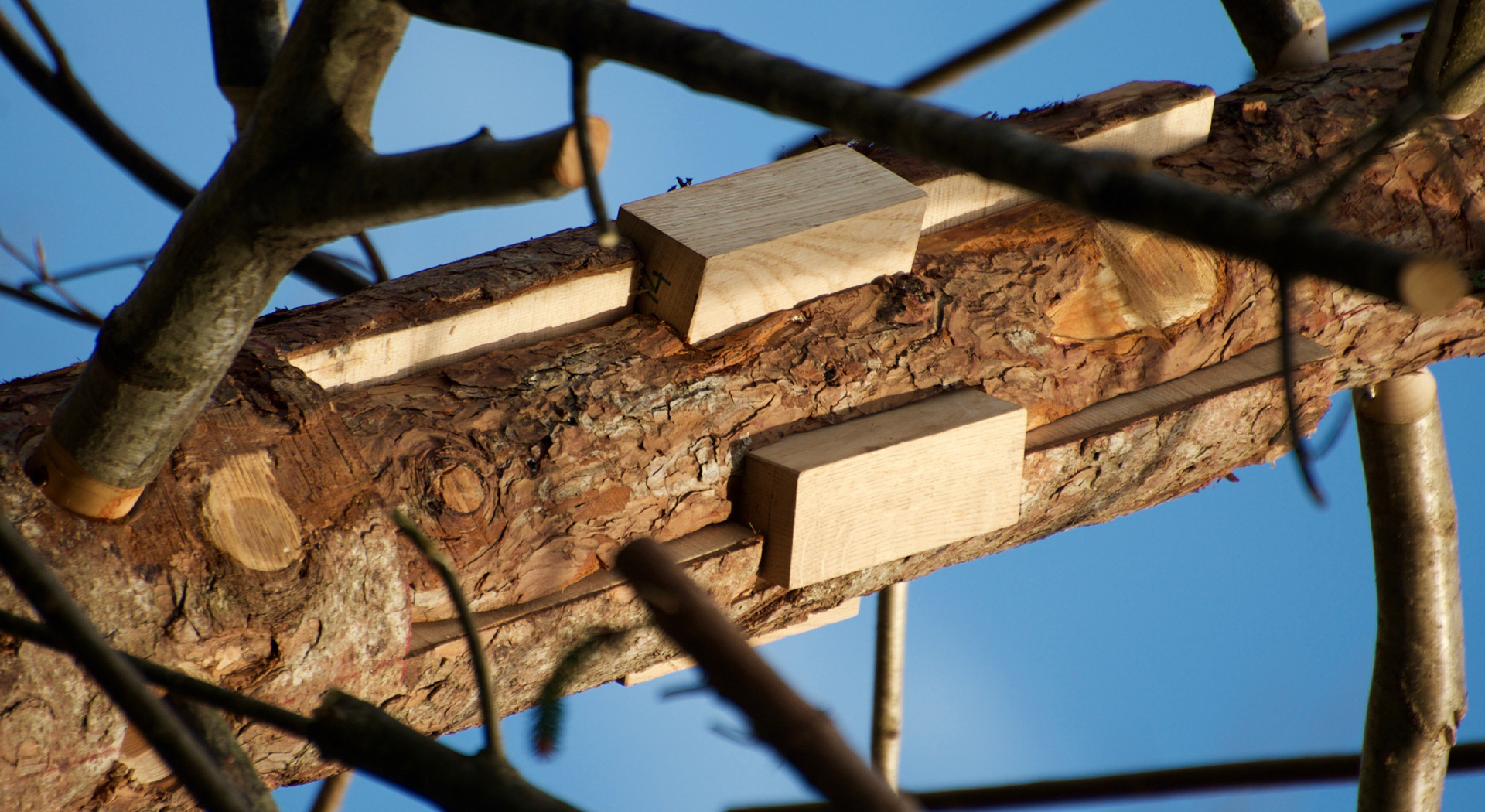Sustainability
Responsibility towards the planet is for us a source of inspiration, not a limit.

The rethinking of consumer habits along with individual and social behaviour patterns in a sustainable way is a major commitment, which we at AMDL CIRCLE express in spaces and objects that are ecological in terms of materials and construction techniques, but above all designed to inspire responsible behaviour in people. Of course, technical solutions can help us a great deal, but they are not sufficient if we do not commit ourselves to building a sustainable mindset that allows us to make the most of this potential. Our goal is to help create responsible behaviour through spaces that express emotion, directed at fostering well-being and mindful of environmental issues.
The 2030 Agenda for Sustainable Development, adopted by all UN member states in 2015, provides a shared model for peace and prosperity for people and the planet, now and in the future. At its centre are 17 Sustainable Development Goals: an urgent call for action by all countries in a global partnership. Efforts to end poverty and other miseries must go hand in hand with strategies that improve health and education, reduce inequalities and stimulate economic growth; all the while tackling climate change and working to preserve our planet.
In keeping with these objectives, we are committed to social, economic and environmental sustainability at all stages of the design process. Starting from the initial idea and before deciding whether to build or demolish, we carry out a thorough analysis to understand how we can contribute to reducing the ravages to our planet and, at the same time, make it more the embodiment of our civilization. Our sustainability seeks above all to be creative: indeed, it is through this responsible creativity that each time we choose whether to develop new solutions or celebrate tradition by renovating the existing. The ambition is to make cities and architectures more dynamic in order to inspire proactive attitudes, stimulate imagination and foster cultural growth. Our creative commitment to sustainability is rooted in 10 concepts that guide us in the design phases.
1. Durability
Architectures that withstand the test of time enable the environmental and economic costs incurred during the construction phase to be amortized in the long term. The success of a building is proportional to the degree of attraction it is able to exert. At AMDL CIRCLE, we address the issue of durability by combining multifunctionality, repurposing and technical-constructional innovation with cultural, symbolic, social, aesthetic and artistic meanings.
2. Multifunctionality
The concept of space is changing rapidly. Today we are increasingly witnessing the conversion of monofunctional buildings into places that serve other purposes, also in situations of emergency. Our design ethic leads us to integrate different functions into a single building, enhancing the use of the environments to meet different needs. A multifunctional architecture is naturally predisposed to accommodate other purposes in the future that were not foreseen in the original design.
3. Renovation
The decision to renovate existing buildings is always driven by notions of sustainability and culture. The task of the architect is to carry out outstanding interventions capable of integrating into the historical and social fabric of the city, enhancing local tradition and merging with the atmosphere of the location. AMDL CIRCLE has extensive experience in the restoration and renovation of existing buildings combined with new builds, always with the aim of enhancing the context and improving the usability of the spaces.
4. Reprogrammability
The architectures of AMDL CIRCLE are designed taking into account that the project can always be expanded or modified over time. Today, more than ever, we need to project thinking forward: instead of just responding to immediate uses, architecture can help pre-empt needs and guide future behaviour. Repurposing allows buildings to be contemporary and always receptive to future uses, adapting to changing socio-economic conditions.
5. Glocality
We combine the heritage of Italian design with inspirations derived from the culture and history of the countries in which we operate, taking into account local materials and construction techniques with a global approach and openness to innovation.
6. Materials
We favour the use of natural materials derived from renewable sources, which involves the application of local skills and know-how and reduces transport costs and energy consumption.
7. Suppliers
We carefully select our suppliers in terms of their sustainability standards, the quality of their work and the materials they use.
8. Communication
Building a new architecture makes sense if, beyond the value of its use, it becomes a symbol which everyone can identify with. Homes, offices, hotels, production and commercial facilities, public and administrative buildings must speak to everyone: to those who live there, to those who see them, to those who want them, but also to those who do not want them.
9. Attraction
A new architecture makes sense if it becomes a living and inhabited architecture, able to attract and arouse wonder. Whether buildings succeed in lasting into the future will depend on their ability to attract and seduce.
10. Imagination
The imagination always needs to be nourished and rejuvenated. The most alive cities, architectures and objects are those that stimulate imagination and cultural growth.